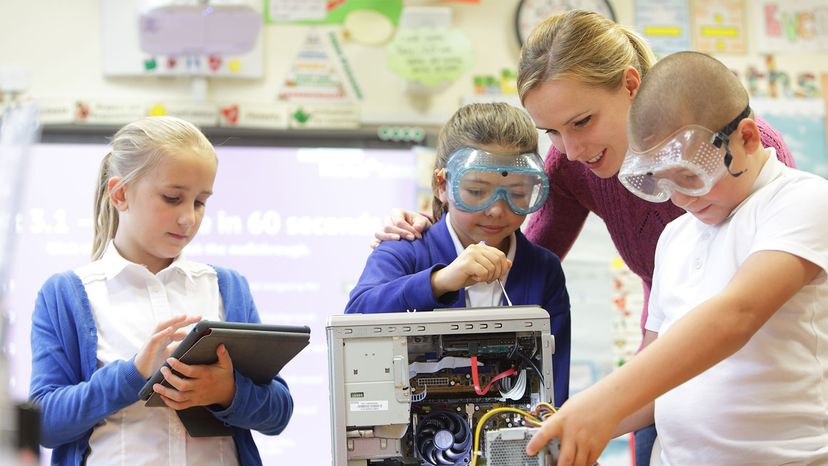
Rather than have students memorize definitions and facts about a science topic such as light, an effective first-grade teacher today would have students investigate various types of objects under sunlight and flashlight. Students would collect evidence to understand how light helps them see, and they'd experiment with different materials to understand how and why shadows are made.
This shift is a result of the Next Generation Science Standards, which aim to define a uniform vision for K-12 science education across the country. Introduced in 2013, the standards move away from emphasizing scientific vocabulary and facts recorded in textbooks to using real-world phenomena to explore and explain the natural world. These phenomena engage students in a set of science and engineering practices, or SEPs. Over 40 states have adopted the Next Generation standards or some version of them.
Advertisement
Despite the wide adoption of these standards, the current status of elementary school science education is concerning. The nation's report card shows that many students in grades K-5 do not get quality science instruction. The situation is worse in high-poverty school districts. The majority of instructional time in elementary school grades is often dedicated to math and language arts, with science on the back burner.
As a science education researcher and a teacher educator, my goal is to help prepare the next generation of science teachers. Here are five attributes of an effective elementary school science teacher that align with the new standards.
Advertisement


